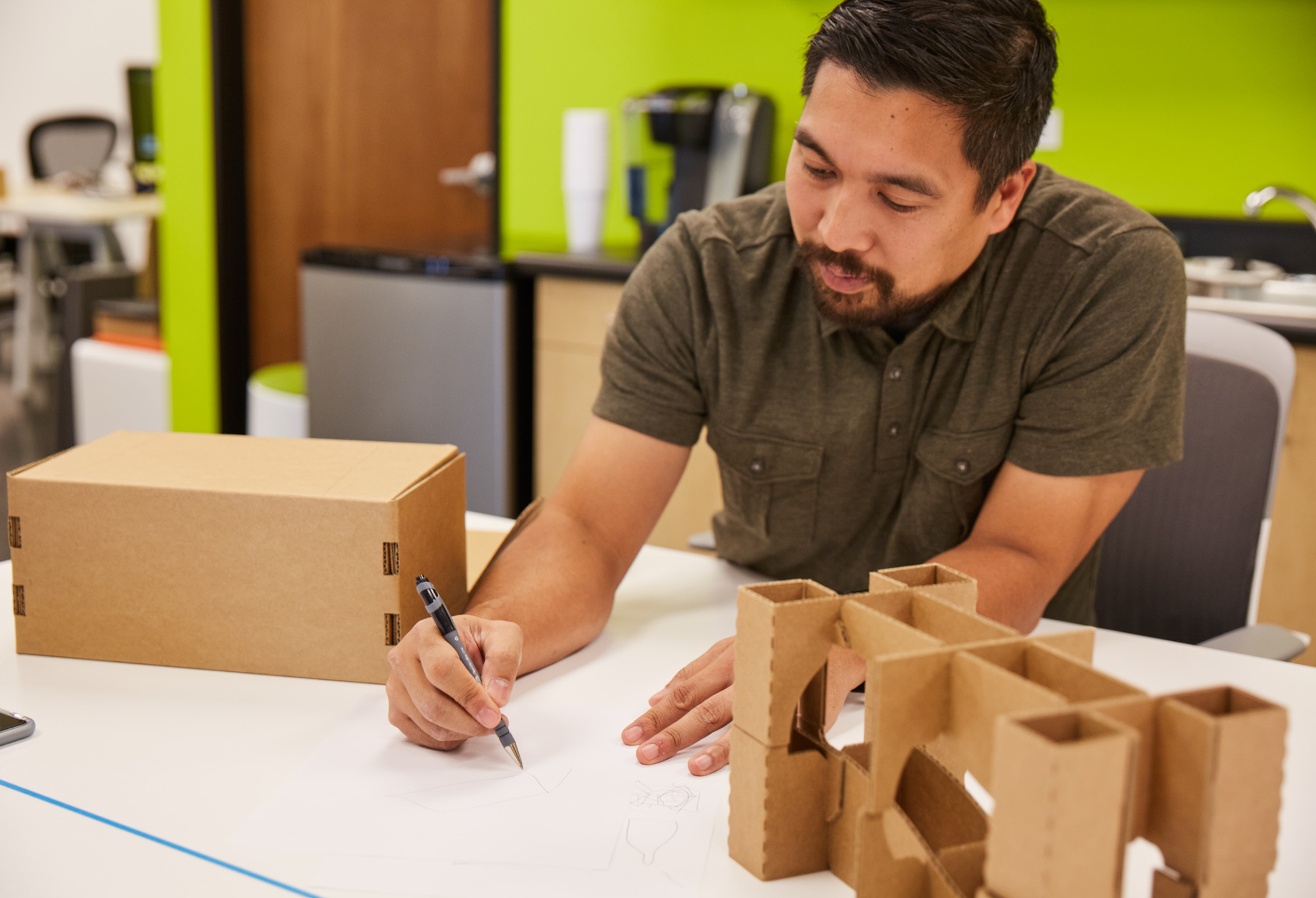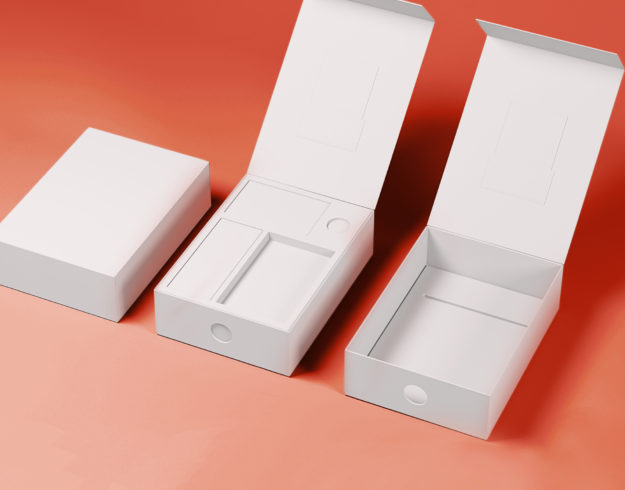Prototyping and Testing
Once the product strategy is in place, the next step is to build a prototype. For physical products, prototyping involves printing 3D models that help designers and engineers better understand the product’s proportions, aesthetic, and basic functionality. Prototyping is an efficient and affordable way to fully understand your design before committing to manufacturing costs and purchasing large quantities of materials.
It’s not uncommon for 3D prototypes to go through multiple iterations and modifications before the design is finalized. This process is referred to as rapid prototyping. 3D printing technology continues to become more flexible and sophisticated, allowing even the most complex and intricate designs to be produced with realistic specificity. Rapid prototyping machines and software make it possible to affordably test a product’s design and make adjustments.
Prototyping is ultimately about testing and understanding the customer’s experience with the product and the product’s feasibility, scalability, and other design considerations. The testing process often includes the design of a minimum viable product. An MVP has the minimal amount of features necessary to go to market. It performs the core function and little else. Companies often introduce a low-cost MVP to the market to get feedback from early adopters and validate design hypotheses. This approach allows them to quickly release improved versions, adding features that customers want at a later date.
When a product’s design has aspects that are particularly unique or proprietary, it’s important to consider how you will protect yourself from potential competitors copying your design. You may be able to apply for a design patent or trademark that protects your intellectual property and decreases the likelihood of direct competition.
The product design development process should be a unified effort across the entire company and its contractors, coordinating efforts in engineering, sales, marketing, quality assurance, customer service, and fulfillment. For example, seeing a product prototype will help marketing teams develop packaging, graphics, and campaigns along the same timeline as product design and manufacturing.
Manufacturing and Production
As the product design stage nears completion, it’s time to select a manufacturing partner. An important part of the selection process is getting samples for manufacturers to compare the quality, cost, and time to completion that they can offer. Performance and reliability are key to choosing the right manufacturer, as is relationship and communication. You want to work with a manufacturer that makes your products to your exact specifications, delivers on schedule, and communicates well throughout the process.
There are different types of manufacturers for different types of businesses. An experienced design and production partner will help you find the right manufacturer for your product. Here are some common types of manufacturers:
Assemblers
put together pre-assembled units. They very rarely provide any design, engineering, or procurement support.
Make-To-Stock
manufacturers use forecasted customer demand to produce and manufacture goods, typically repetitive runs of similar products. The main advantage of MTS manufacturing is shortened lead times as products are available to ship to customers almost as soon as orders are received.
Make-To-Order
manufacturers wait until receiving a purchase order or sales order to begin planning production and putting the order in the queue. The advantage of MTO manufacturing is customization. This approach allows personal for more control over the look, feel, and functionality of the finished goods.
Custom
manufacturers can take a concept and fabricate a part or component of the design. They also procure and stock the raw materials needed.
Process
manufacturers will perform a specific process on a raw material such as bending, cutting, folding, forming, or mixing. They usually do not provide any additional design, engineering, or procurement services.


